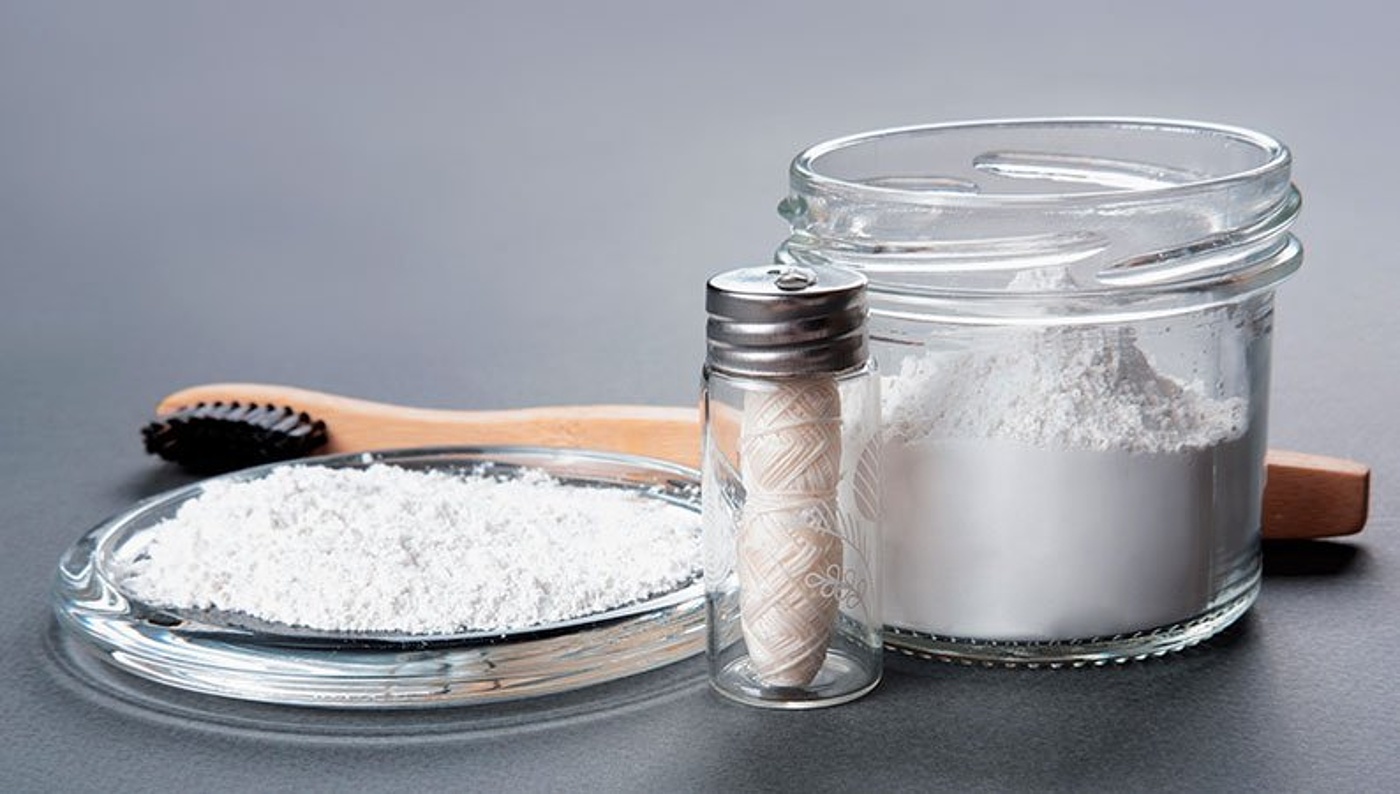
Everyday IP — Brushing up: When were toothbrushes invented?
The Everyday IP blog series was triggered by a brainstorming session in which we realized how many people — including us, sometimes! — do not think about the connections between commonplace objects and the complexities of Intellectual Property. As we saw in the first installment, the links can be quite significant. Socks, of all things, factor into the early patent laws of the U.K., Europe and the U.S., and indirectly helped bring about the Industrial Revolution. For this latest entry of Everyday IP, we will be looking at a product just as ubiquitous as socks: the toothbrush.
Eggshells and aromatic bark: The toothbrush's ancient origins
Citizens of the world's various ancient civilizations were cleaning their teeth long before anyone realized that a hand implement could make the process much more comfortable. As far back as 5000 BCE, Egyptians went about this critical bit of hygienic business by rubbing a special powder on their teeth, one made from a mixture of crushed eggshells and ox hooves. Imagine having to brush or mouth-wash with that. A horrid thought!
Approximately 1,500 years later, during the heyday of the Babylonian society, some creative soul or another devised the "chew stick." This was a small twig or branch that the user either rubbed against their teeth or chewed on, but it holds the distinction of being one of the oldest oral hygiene tools. (Not long ago, one of them was included as part of a display on the history of the toothbrush at The Museum of Everyday Life in Glover, Vermont.) Egyptians also used similar items during the same general period, between 3500 and 3000 BCE. Fast forward another 1,500 years, and Chinese dental enthusiasts improved upon the chew stick by using twigs with bark that possessed a strong aroma to help freshen the breath. At the respective pinnacles of the Greek and Roman Empires, thin chew sticks — not dissimilar to contemporary toothpicks — were fairly common.

Hog-hair bristles (yes, really)
China remained far ahead of the curve on oral hygiene in both the first and second millenniums of the Common Era. There is some debate about when exactly the next iteration of the toothbrush was first seen. Some say it emerged sometime in the Tang Dynasty before 1000 CE, and certain historical accounts mention the use of a bristled, brush-like implement by northern Chinese monks in the early 13th century. But most sources on the subject, including the U.S. Library of Congress, date these brushes to the late 15th century.
What is not in dispute is the composition of this early, rudimentary toothbrush: Virtually all examinations of this subject state that the bristles of these tools were made of hogs' hair, specifically the thick fibers that grew on the necks of Chinese hogs, while the handles were fashioned from bone or bamboo. Traders from Europe were finally reaching China around this time, so the brushes eventually made their way back to the continent, but Europeans were more partial to horsehair (softer, but less effective) or even feathers.

Imprisoned improvisation and toothbrush commercialization
The circumstances that would lead to toothbrushes' mass production and the dawn of their value as commercialized IP were extraordinary indeed. Historians agree that an otherwise obscure English entrepreneur named William Addis, who found himself imprisoned in 1780, created the closest thing to the modern toothbrush. He carved a handle out of cattle bone and threading hog's hair bristles into rows of holes he (somehow) drilled into the top of the implement.
Addis immediately realized the value of his discovery, and he went about making his brush commercially viable. By taking the vital step of patenting his invention, Addis created the foundation for a thriving business. Addis, the company, still exists today; its toothbrushes and oral hygiene products are manufactured under a separate unit called Wisdom.
The brushes made their way into the fledgling U.S. throughout the early 19th century. But no American would patent one until 1857 when H.N. Wadsworth successfully filed for patent rights regarding a brush that somewhat distinguished itself from Addis's creation by placing the bunches of bristles further apart so they could reach more of the teeth.
The breakneck pace of brush innovation
Toothbrushes became a mass-produced American item in the 1880s, nearly a full century after Addis had reached that milestone across the pond. However, the real breakthroughs for this product, from an innovation and IP perspective, would come in the 1930s (and they tie us back to the socks we focused on in Part I!).

In the laboratories at DuPont, Wallace H. Carothers and his colleagues were experimenting with the creation of various synthetic polymers. The team had already devised a synthetic rubber and was intrigued by the idea of a polymer ideal for mass production of clothing. This would eventually lead to the discovery of nylon, for which Carothers filed a 1937 patent, only weeks before his premature death. It is unfortunate that Carothers did not live to see nylon become the new material for toothbrush bristles and a predominant fabric in countless products. The next leap the toothbrush took — becoming an electric appliance — came in the late 1950s when Squibb introduced the Broxodent to the U.S. market.
Even now, the toothbrush can hardly be called "perfected." A quick search through the World Intellectual Property Organization (WIPO) PATENTSCOPE database reveals at least 300 toothbrush patents filed in 2020 alone.
Innovation must always be protected, no matter how insignificant the product may seem in the grand scheme of things. The Dennemeyer Group helps uphold the rights of all creators and organizations through a comprehensive suite of IP legal and administrative services.
Filed in

Explore inventions inspired by sci-fi books, movies and TV shows to see how IP law bridges the gap between fact and fiction.



